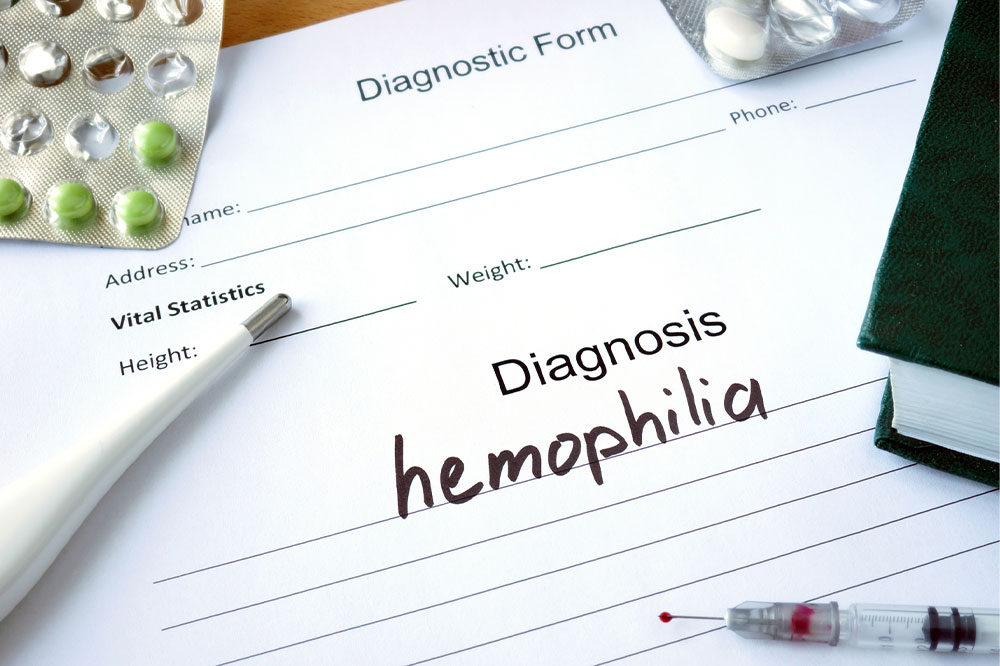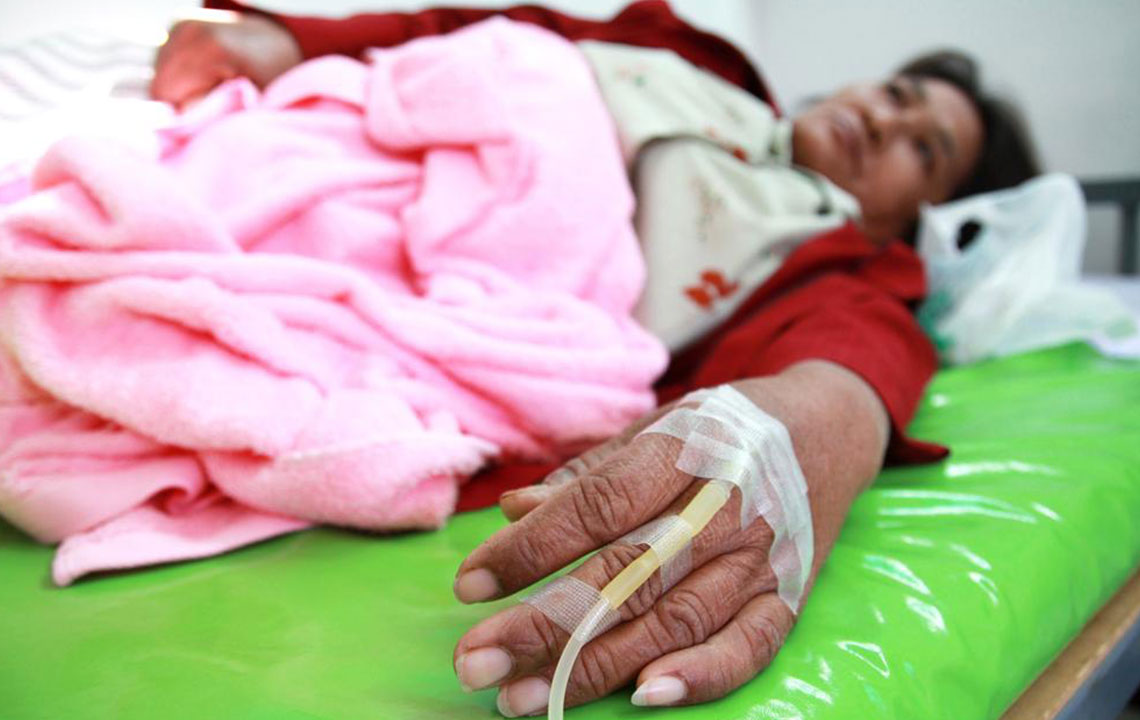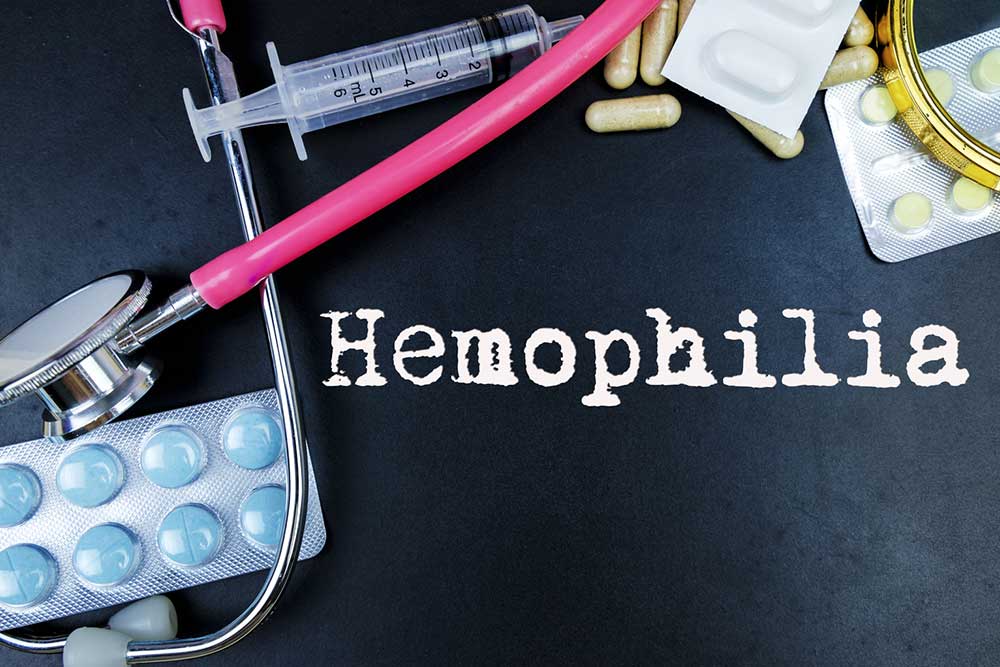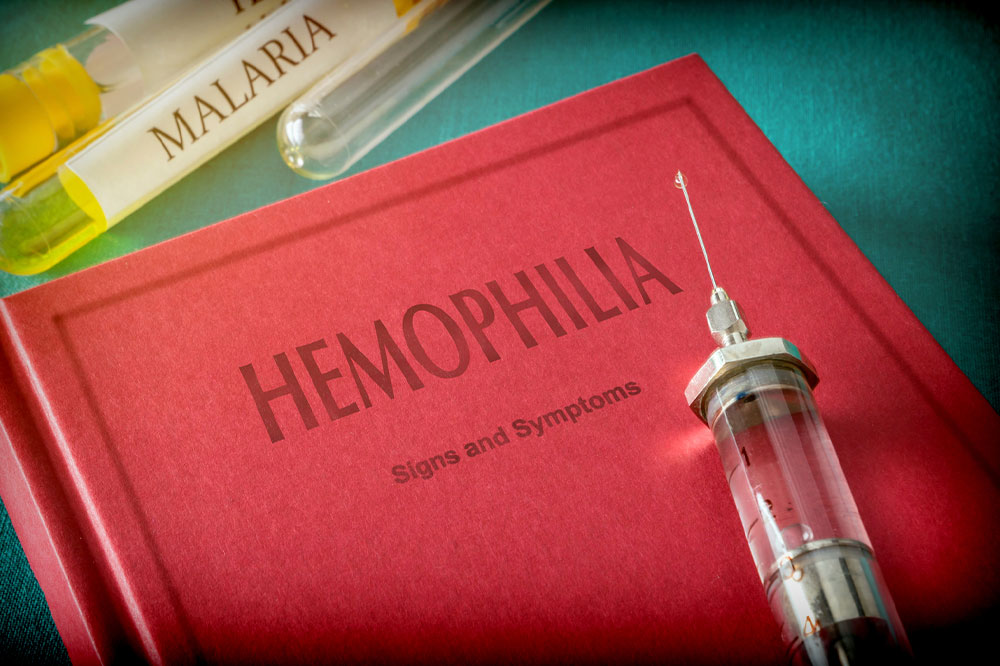Comprehensive Guide to Hemophilia: Symptoms, Types, and Treatment Options
This article provides an in-depth overview of hemophilia, including its symptoms, types, and available treatment options. It explains how the disorder affects blood clotting, highlights key signs to watch for, and discusses management strategies to improve quality of life. Understanding hereditary aspects and early diagnosis are emphasized for effective prevention and treatment.

Hemophilia is a rare hereditary disorder where the blood doesn't clot properly, leading to excessive bleeding even from minor injuries. Common signs include easy bruising and bleeding after surgeries or trauma. The condition often manifests after puberty and varies in severity. There are two main types: Hemophilia A, caused by a deficiency in clotting factor VIII, and Hemophilia B, resulting from lacking factors IX or XI. Treatments include blood transfusions, clotting factor infusions, and surgical procedures if joint issues persist. Since hemophilia is inherited, early diagnosis via blood tests is crucial for management and prevention.










